Market Insights
Amenity Innovation for a Healthy Future
Roger Sanchez & Kenya Williams Managing Partners
The information contained in these documents is confidential, privileged and only for the information of the intended recipient and may not be used, published or redistributed without the prior written consent of Uncomn Projects.
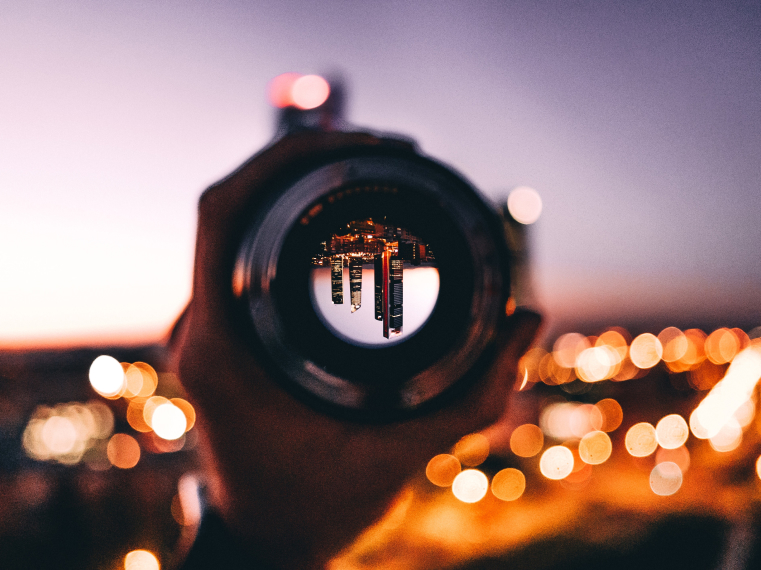
A Consumer-first estate marketing.
Our company was founded upon the idea that the tools and strategies used to brand and market high-end consumer products could be applied to the real estate industry by bringing life to developments and allowing projects to better connect to the residents and tenants. Today’s consumer expects an experience where they live, work and play. We know that when done correctly, that connection means your tenants will pay more for the space they occupy and stay longer.


Agenda
Amenity Innovation for a Healthy Future
Consumer Forecast
COVID-19 Impact on Consumer Behavior Consumer Sentiments Meet Your Future Consumer
Amenity Innovation Questions
Amenities
ARE NOT
a checklist
Amenities tell a story about the lifestyle and values your building represents


Overview of COVID-19 Impact
We won’t be in lockdown forever. It’s time to start envisioning different products and experiences. We need to design for a new kind of consumer, regardless of the industry.
Overview Could Permanently Alter Shopping Behavior
Consumers are increasingly shifting towards online shopping. Many of these shoppers may not get back to in-store shopping when the current state is over or at least limit their store visits.


Overview Could Permanently Alter Shopping Behavior
As COVID-19, people started to avoid crowded places, including malls and restaurants. Even when stores do open, it may take awhile before people will regain their confidence about being sage in crowded places.

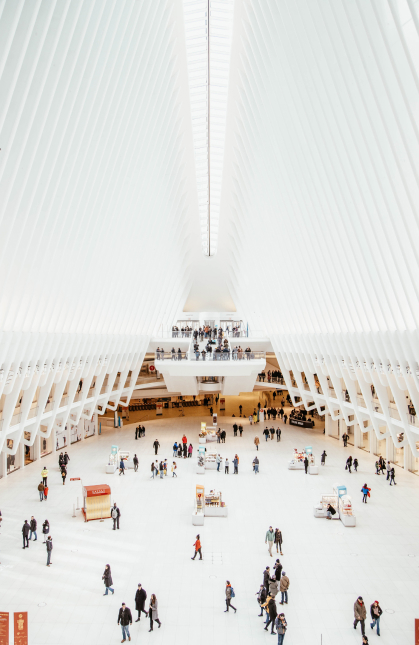

COVID-19 Impact on Consumer Behavior
Consumer choices are more and more being driven by emotions – buying for fear, joy, sadness

COVID-19 Impact on Consumer Behavior
Consumer choices are more and more being driven by emotions – buying for fear, joy, sadness
Fear
Though the manifestations of fear differ slightly for each generation, there are commonalities that are impacting all ages – the two largest being environmental and financial uncertainty.
- Eco-Anxiety
Eco-anxiety – a chronic feeling of worry about the impact of global warming – is rising, and it’s not just a Western sentiment. - Financial Uncertainty
In the US, 54% of Americans believe financial security for themselves and their family is unattainable, according to a 2018 study by MassMutual.


Global Trend: Emotional Contagion
Emotional Contagion: A behavioral trait in which people mimic the feelings of those around them.
Trend Driver:
- Rapid transmission of emotions via social media platforms,
streaming services, and connected devices. - “High arousal” content has a greater chance of vitality.
- The ‘availability bias’ – the tendency to give more psychological
weight to events that are front of mind – is impossible to escape for
themselves and their family is unattainable, according to a 2018
study by MassMutual.
Source: American Psychological Association:
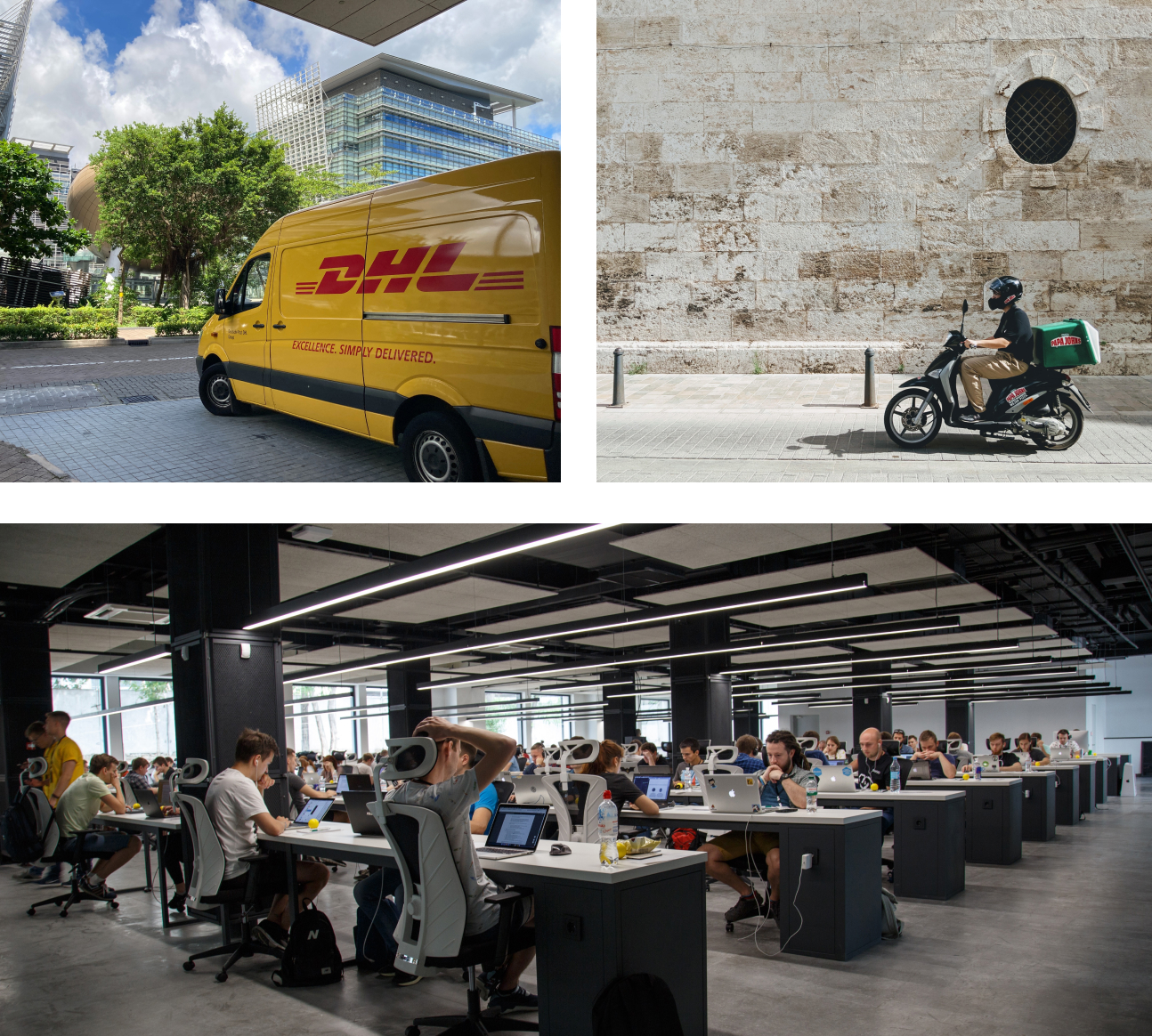
Global Trend: Desynchronized Society
Desynchronized society: one where people continue to do many of the same things but no longer do them at the same time as others.
Trend Driver:
The same technological advancements that offer record levels of convenience (24-hour food delivery, same-day shipping) and productivity (global workforces, flexible offices) have resulted in a desynchronized society.
Desynchronization plays a role in the breakdown of communities due to the lack of consistent human interaction.

Global Trend: Radical Optimism
Optimism isn’t uncool – it’s rebellious, and in times of uncertainty it’s a brave choice.
Without discounting any of the social, political, health and
economic challenges we are facing globally, things are improving.In the US, fewer people are below the poverty level, and in Asia,
billions fewer live in extreme poverty.Outcome:
During times of epistemic crisis, we need to focus on what’s true,
not what sells.
The Stabilizers:
Acceptance Advocates • Self-improvers • Zen Seekers
The Stabilizers – mainly Millennials and Gen X – are prioritizing stability across all aspects of their lives, in reaction to desynchronization and feelings of chronic uncertainty. They are starting to opt out of the cult of productivity and opt into a mindset of radical acceptance.
Driver:
Always-on mentality resulting in high levels of anxiety and
depression – Generation Burnout
Wellness syndrome – unhealthy focus on self-improvement
driving low self-esteem and feeling of inadequacy

The Stabilizers:
Acceptance Advocates • Self-improvers • Zen Seekers
- Simplicity Matters
Decision simplicity is key. Cut down the number of floor plans being offered and revise complicated concession offers. Don’t take them on a journey – save them time. - Calm Commerce
Since 2016, we’ve been tracking the ‘mood market,
and it continues to be a dominant path to sell. - Unified Commerce = Unified Communications
By 2022, we expect the benefit of omnichannel to have a positive
impact on consumers, merging the multichannel environment.Source: World Health Organization: Strengthening Resilience

The Settlers
Community-invested • Localists • Environmentalists
Desperate to redefine the global ‘hustle hard’ work cycle, The Settlers – typically comprising Millennials and Gen X –are looking to plant roots in their community without sacrificing their careers, and they are driving a new era of localism in the process.
Trend Driver:
The religion of work – or ‘workism’ – hit its peak in 2019.
With new work-life boundaries emerging, so does a new circular
economy, driven by localism.
The new work cycle (fewer work hours + more time at home) is
better all around – for people, the plant, and profits.

The Stabilizers:
Action the Archives • Hyper-local • Second-tier cities
- Action the Archives
With more consumers are focused on vintage, it’s time to stop selling
new and focus on more characteristic design. - Get Hyper-Local
Many people are relying on hyper-localized social commerce to
supplement income during shelter-in-place orders, and this shopping
behavior will remain strong for the foreseeable future. - Second-Tier Cities Matter
Focus less on saturated first-tier markets and shift to second-tier cities.
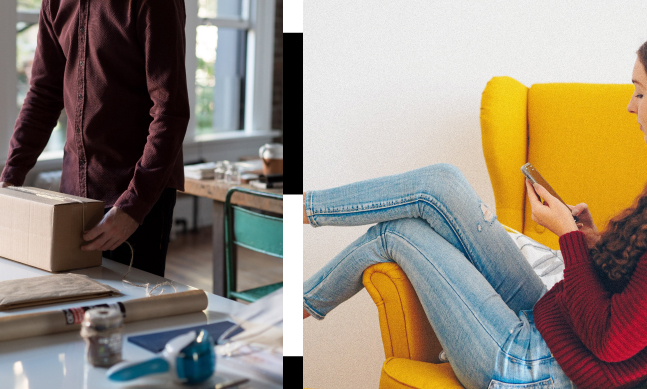

The New Optimists
Highly Social • On the Go • Pack Mentality
By far the most varied cohort, The New Optimists range from Gen Z to Boomers, but despite the broad demographic, they have many unifiers – the largest being a vivacious appetite to embrace joy.
Trend Driver:
From climate protests to equal rights marches, activism is now a
common occurrence, but the weight of carrying these heavy issues is proving a load many young people can’t bear.
Outcome:
The New Optimists are embracing ‘celebrationism’ – a system that
extols and exalts celebration as a core focus of society.

The New Optimists
Livestream • AR/VR Shopping • On-Demand Power of the Pack
- / Living in Livestream
This conversational livestream is already popular in Asia, and the
coronavirus is normalizing this in the West. - / AR / VR Shopping
According to a 2018 Gartner survey, 100 million consumers will
shop AR/VR in 2020, and this will only continue to grow as a
conversational commerce channel. - / On-Demand Evolution Always ready, this consumer demands speed-to-purchase.
The Analysis
Action the Archives • Hyper-local • Second-tier cities
The pandemic has accelerated many of our interior and consumer forecasts, as
well-being, comfort, protection, and community become consumer priorities.
Public spaces continue to soften and become more homelike, and community
services are being designed to aid interaction and relationship-building.
More personalized, flexible and adaptable to changing lifestyles and needs.
Awareness around hygiene, health and wellness.
Deeper and more meaningful relations with facilities and operations personnel
– issues related to material use, HVAC systems, air circulation, emergency
evacuation, and emergency preparedness.
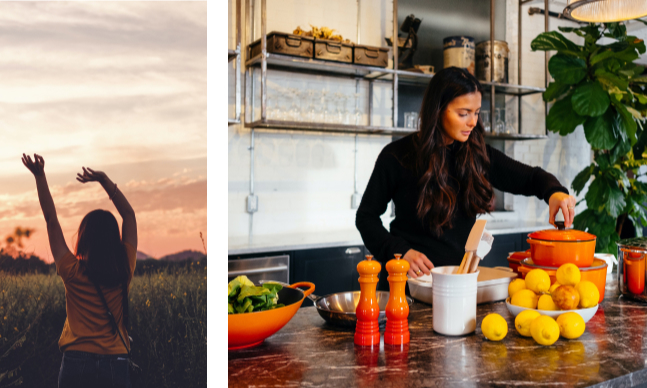

Building Health
Antimicrobial surfaces
Portable hand sanitizing stations
Branded masks, sanitizer
Sanitizing wipes
Boards marking the last time an amenity was cleaned
Posting cleaning times and what solutions are being used
Signs reminding tenants of social distancing best practices
Amenity reservations
In-person fitness classes with max capacity
– more offerings spread over the day
Communicate Clean
What does clean look like?
What does clean look like? Open spaces, decluttered interiors, and inviting color palettes softened with fertile interiors. Signage stating cleaning standards and times. No visible grime, dust, dirt or accumulated stuff.
What does clean feel like?
Smooth and cool to the touch.
What does clean sound like?
Whir of air purifiers and filters.
What does clean smell like?
Crisp, clear, antiseptic, and a hint of alcohol swab.


New Interiors
In interior design, we will put an emphasis on how people move through space and how they interact.In interior design, we will put an emphasis on how people move through space and how they interact.
Partitioned Zones
Use flexible and affordable materials such as curtaining
to create casual separation between the functions of an open space
Separate an open-plan space without blocking any
light with open-back shelves
Experiment with decorative screens
Rooms within Rooms
Play with the traditions of how we divide our homes and
workplaces; the modern office incorporates breakout
booths for meetings, phone calls, or just a power nap
Guidance & Sound
We will put an emphasis on how people move through space and how they interact.
Floor Guidance
Floors will become an important new source of information for
how we navigate our way through public spaces.
Acoustic Absorption
Acoustic design will become increasingly important in calming
anxieties in public spaces and creating relaxed environments for
open hospitality areas.

Guidance & Sound
We will put an emphasis on how people move through space and how they interact.
Floor Guidance
Floors will become an important new source of information for
how we navigate our way through public spaces.
Acoustic Absorption
Acoustic design will become increasingly important in calming
anxieties in public spaces and creating relaxed environments for
open hospitality areas.


Self-Cleaning
With consumer concern about hygiene growing rapidly, self cleaning
materials will reassure and lessen the environmental
impact of over-cleaning.
Antibacterial & Antimicrobial
Whether natural or artificial, antibacterial and
antimicrobial qualities will become essential.
Chilewich’s carpets have antimicrobial protection built
into the yarn at the polymer level.
Invisible Coating – Cost-Effective Retro Fit
Invest in coatings that bring safety and hygiene to all surfaces, from
wood to glass and textiles, without compromising on look and feel.
Fertile Interiors
Indoor greenery is here to stay and will undoubtedly continue to grow across all interior spaces, acclaimed for its numerous health, wellness and visual perks.
The importance of greenery within the workplace continues to grow at a rapid pace.
Positive credentials include cleaning the air and reducing noise levels, stress and sickness rates, as well as increasing concentration and creativity.
Indoor and outdoor continues to blur, giving tenants the impression they are constantly surrounded by nature even in urban, size-restricted places such as global capitals.


Workspace Shift
It is estimated that by 2025, 70% of the global workforce will work
remotely at least five days a month. As office-based workers move
to work from home during the pandemic, the landscape is set to
permanently shift to one that is increasingly flexible.
Multi-family needs to prepare for the increase of WFH
permanence – it may be time to upgrade building software to
handle assigned seating in business centers.
Retail centers might consider adding outdoor seating areas with
power that support people looking to take WFH outside.
Office might look to partnerships with furniture companies to
support changing needs – look to EQ office for pivoting strategy.
Mood Boosting
Everybody needs a mood boost at the moment, and amenities are a key route to achieving this.
Engage the Senses
Consider the role of each sense when creating feel-good spaces and products. Multi-sensory immersive environments,
whether art installations or brand activations.
Playfulness for Positivity
Play alleviates stress and as wellness practices become embedded into the daily lives of consumers, playful interludes such as swings, hide-outs or dedicated games zones are increasingly being considered in living spaces.
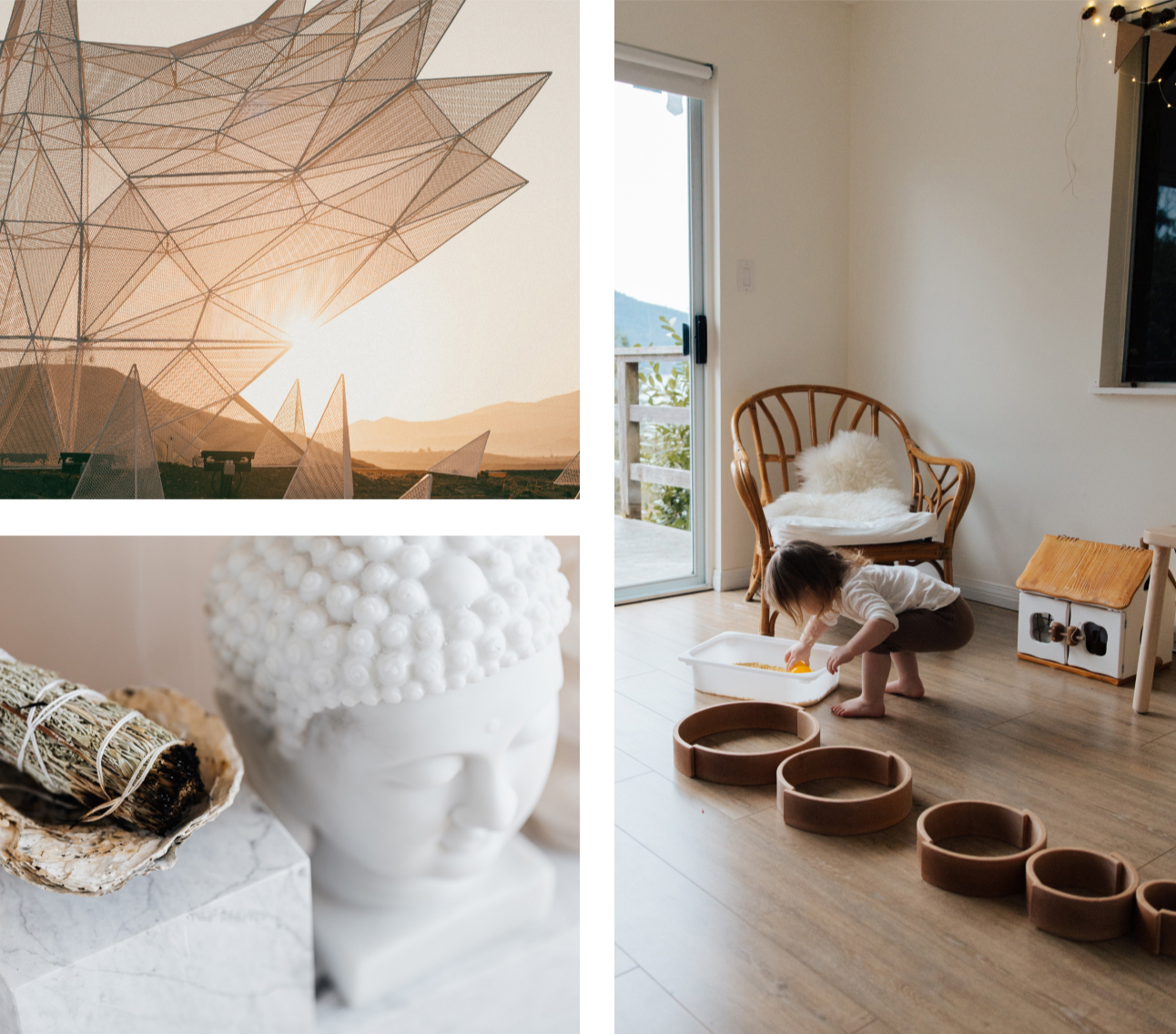

Rise of Localvists
Localvist: locally-minded consumers demanding convenience and immediacy close to home.
Emphasis strategies that enhance the wellbeing of a local area
through local sourcing and employment initiatives
Work towards events that will bring local communities back
together after the Covid-19 epidemic ends.
Consider marketing efforts that support your post-COVID
reopening strategy with a local charitable donation component.
